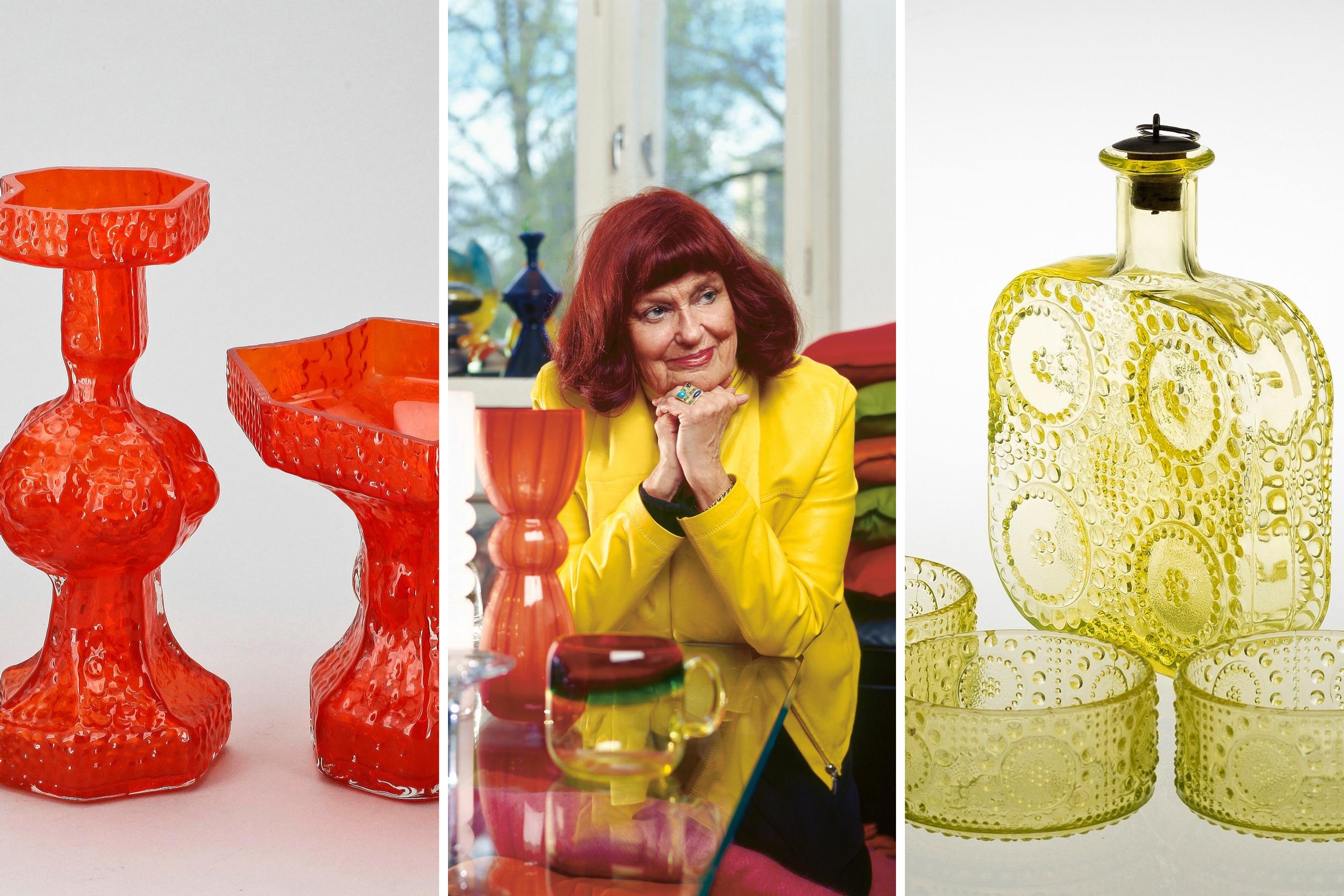
Colorful, bold, and ahead of her time—get to know Nanny Still, one of the most influential Finnish glass designers
Nanny Still (1926–2009) devoted her career to imaginative glass art. She refused to draw a strict line between art and functional glass, believing that objects should serve both everyday use and decorative purposes.
Nanny Still (1926–2009) regarded glass as a living material—at once unpredictable, pleasing, and radiant. She thought the shapes given to glass should be characteristic of the material, but that it is the designer’s imagination that truly unlocks its brilliance.
In the exhibition catalogue Sana – Szó – Word, published for an exhibition held in Budapest in 1998, the curator of the Hungarian Museum of Applied Arts Vera Varga notes that the colorfulness and versatility of Still’s works rival those of her favorite material itself, glass, as do her flexibility and adaptability.
One could well describe Still’s artistic persona with the same adjectives as her glass. She was powerful and colorful yet highly adaptable.

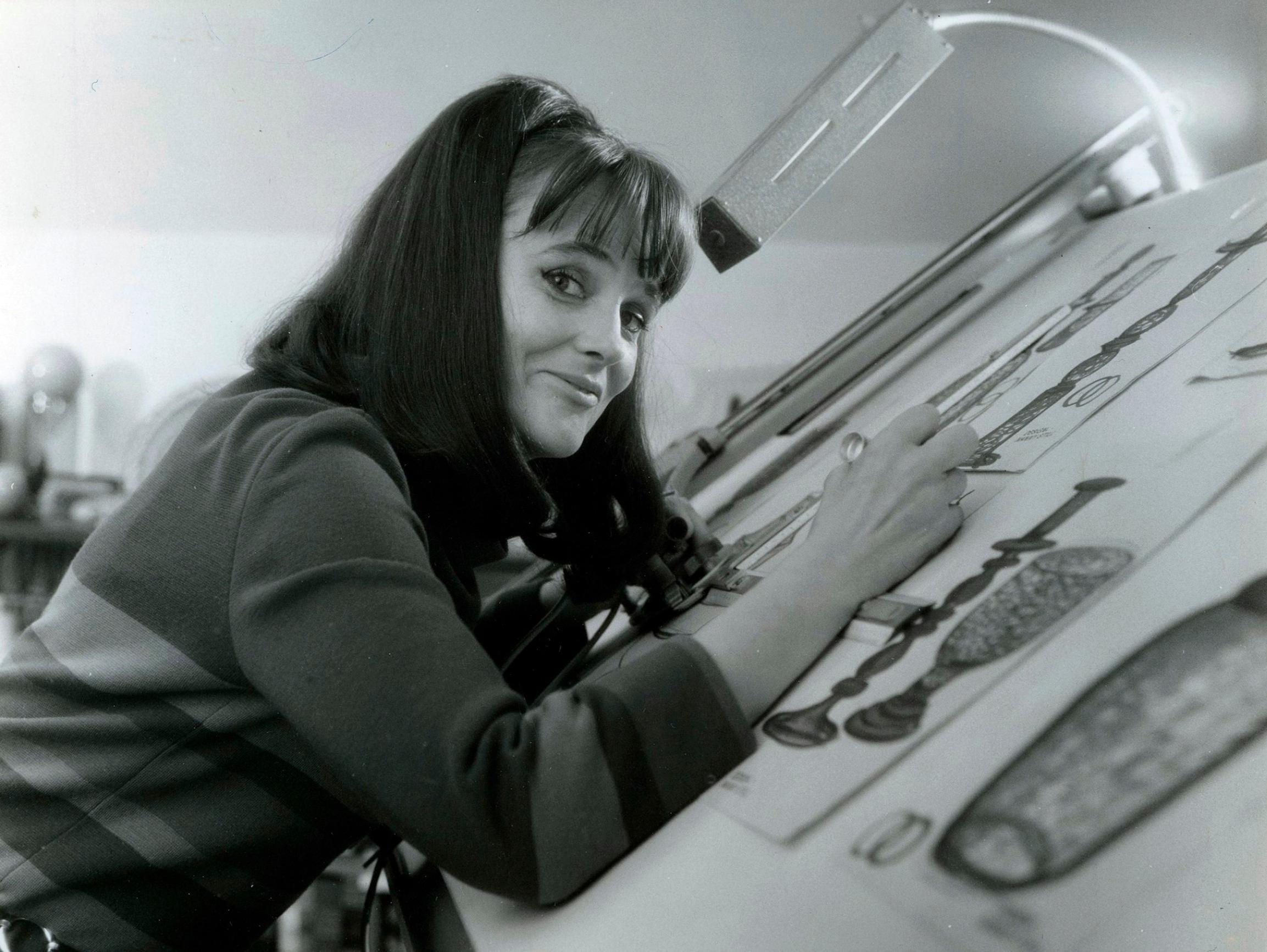
Kaisa Koivisto, who was the curator of the Finnish Glass Museum for a long time, holds a similar view. She knew Still well during the artist’s final decades. Her first encounter with Still gave her an unforgettable impression:
“In the early 1980s, I was working under the title of museum assistant. The museum director introduced us, and then Nanny said: ‘Now we can move on to discuss my favorite topic: me.’”
That meeting happened when the glass museum was preparing its permanent exhibition 1981. By then, Still was already a recognized artist and had enjoyed a long career as a designer at Riihimäen Lasi glass factory and also succeeded internationally.
“At first, you might have thought Nanny was self-absorbed, but that was not necessarily the case. She was direct, yet understanding and positive,” Koivisto says.
“She sometimes had suggestions for the exhibition’s implementation that were financially impossible. When we discussed them, she could usually conclude that our solution was actually excellent.”
Nanny Still’s work at the Riihimäen Lasi had ended in 1976, when the factory discontinued the production of hand-blown glass. By that time, she had become the most prolific designer in the factory. During her career, she also designed items made of other materials for different manufacturers, but glass remained her favorite.
I have so many new ideas all the time that I’d need at least another lifetime to refine and realize them.Nanny Still

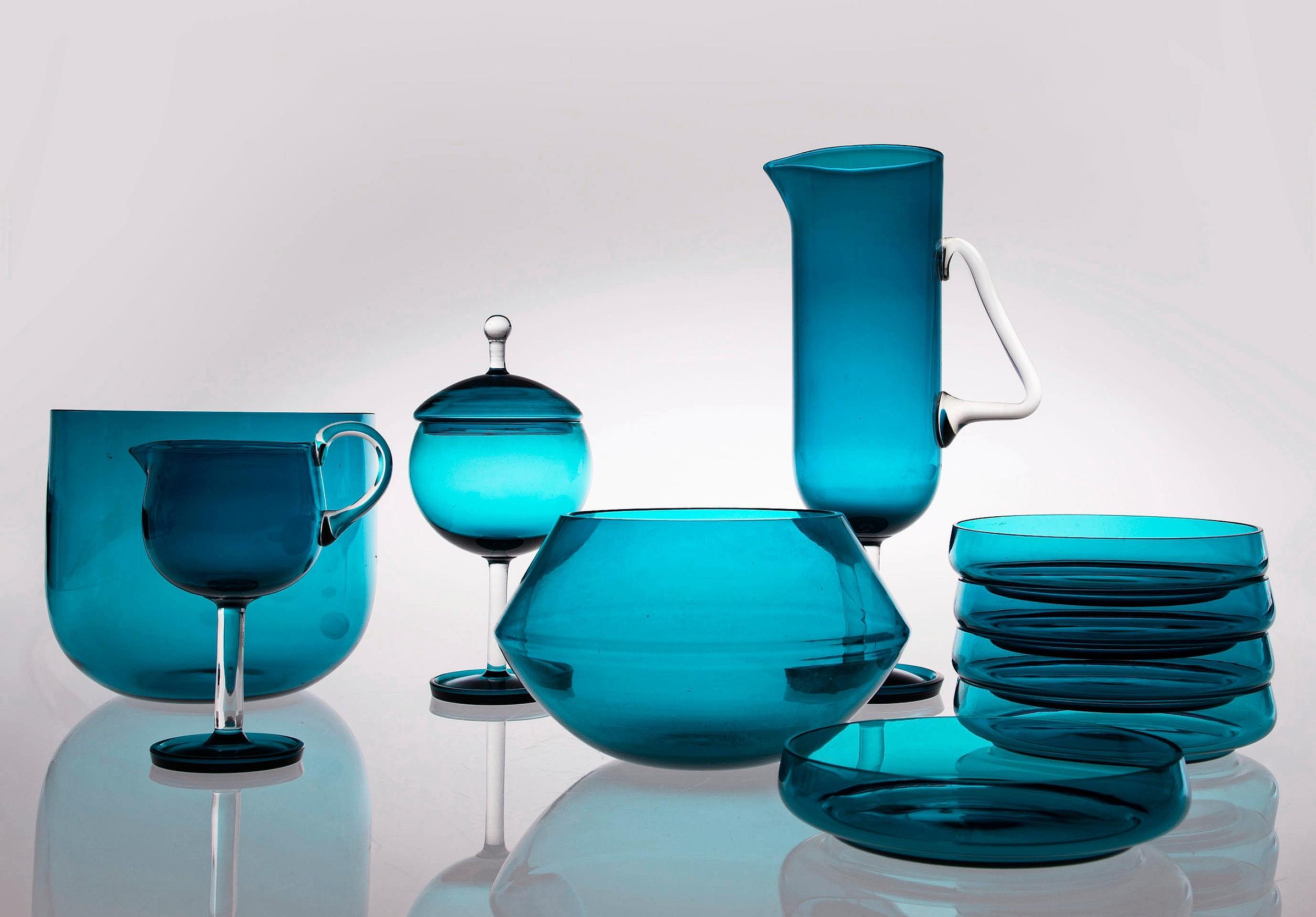

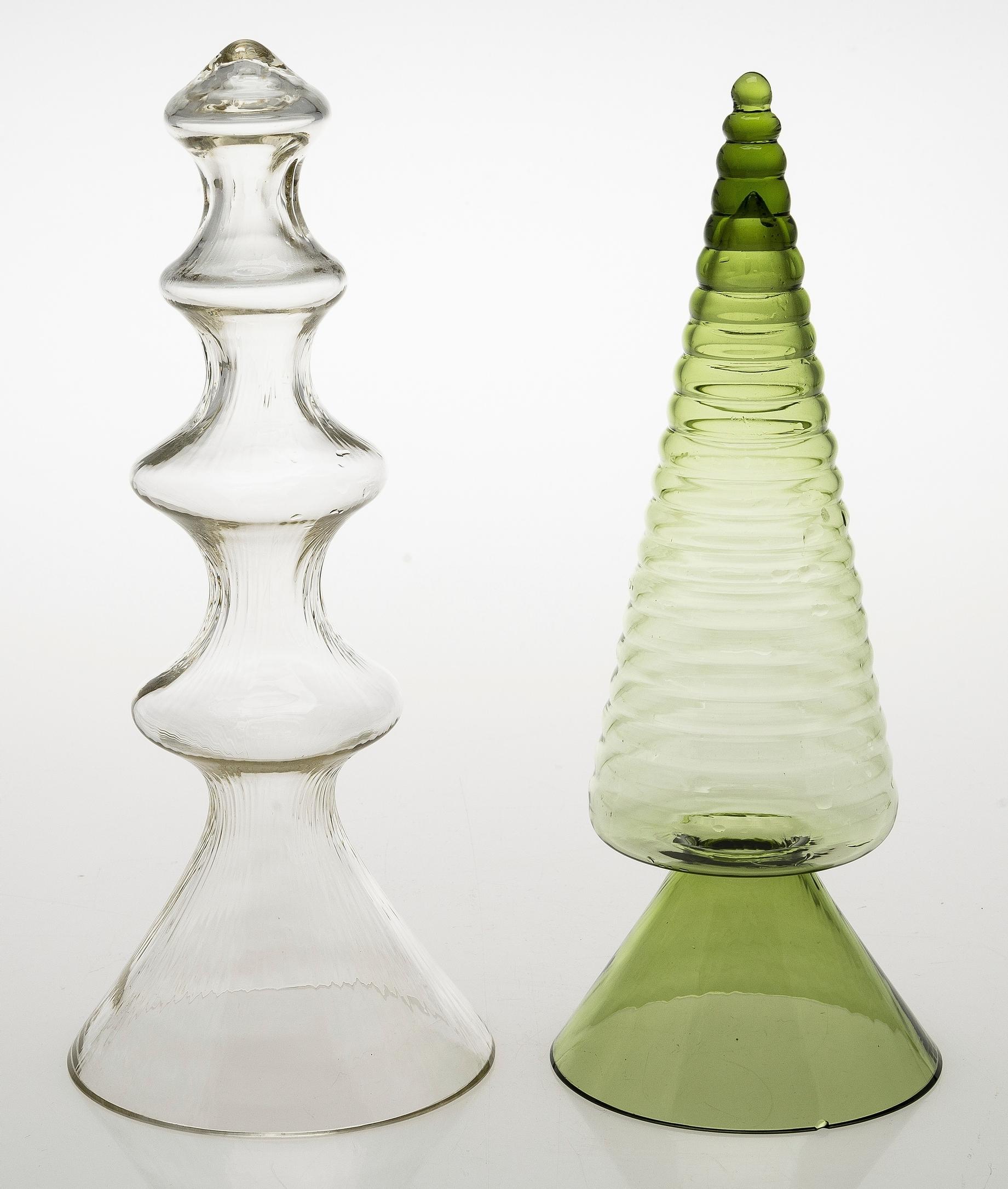

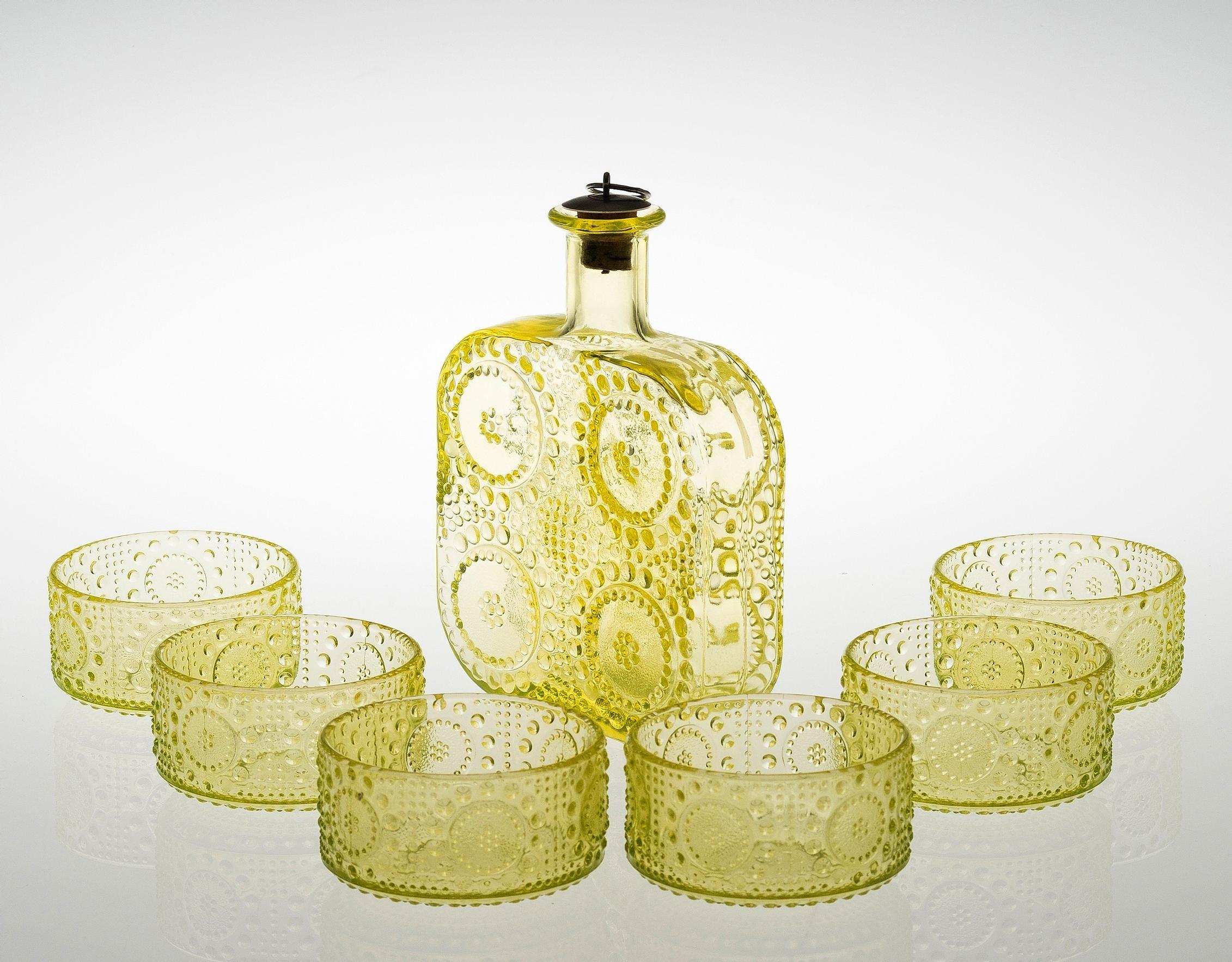
The ‘Harlekiini’ series is one of Still’s most well-known designs. It combines vibrant turquoise and clear glass with rounded and angular shapes. The ‘Grapponia’ series with its textured surface, in turn, has served countless Finnish homes. Still designed the ‘Tamminiemi’ glasses at the request of Sylvi Kekkonen, the wife of Finland’s former long-time president Urho Kekkonen, and the glowing orange ‘Fantasia’ vase series came about for a joint exhibition with Marjatta Metsovaara’s textiles.
Still always planned and pondered on how an object would serve its purpose for drinking, eating, or decoration, and how it would suit different people’s tables while also pleasing the eye. She wanted her pieces to have multiple possible uses: “A strict line can no longer be drawn between art and functional glass. Everyone can use glass according to their own feelings, taste, and sense of color,” Still once said.
Her optimistic attitude lasted until the end of her career. Even past the age of 70, Still presented unique glass sculptures in exhibitions, for which she had learned sand-casting and the pâte de verre technique. She was inspired by various different things, one of which was the shared origins of the Finnish and Hungarian languages. When she mixed it with the language of glass, the result was an exhibition called Sana – Szó – Word: “Like Goethe, I’m delighted that I have so many new ideas all the time that I’d need at least another lifetime to refine and realize them.”

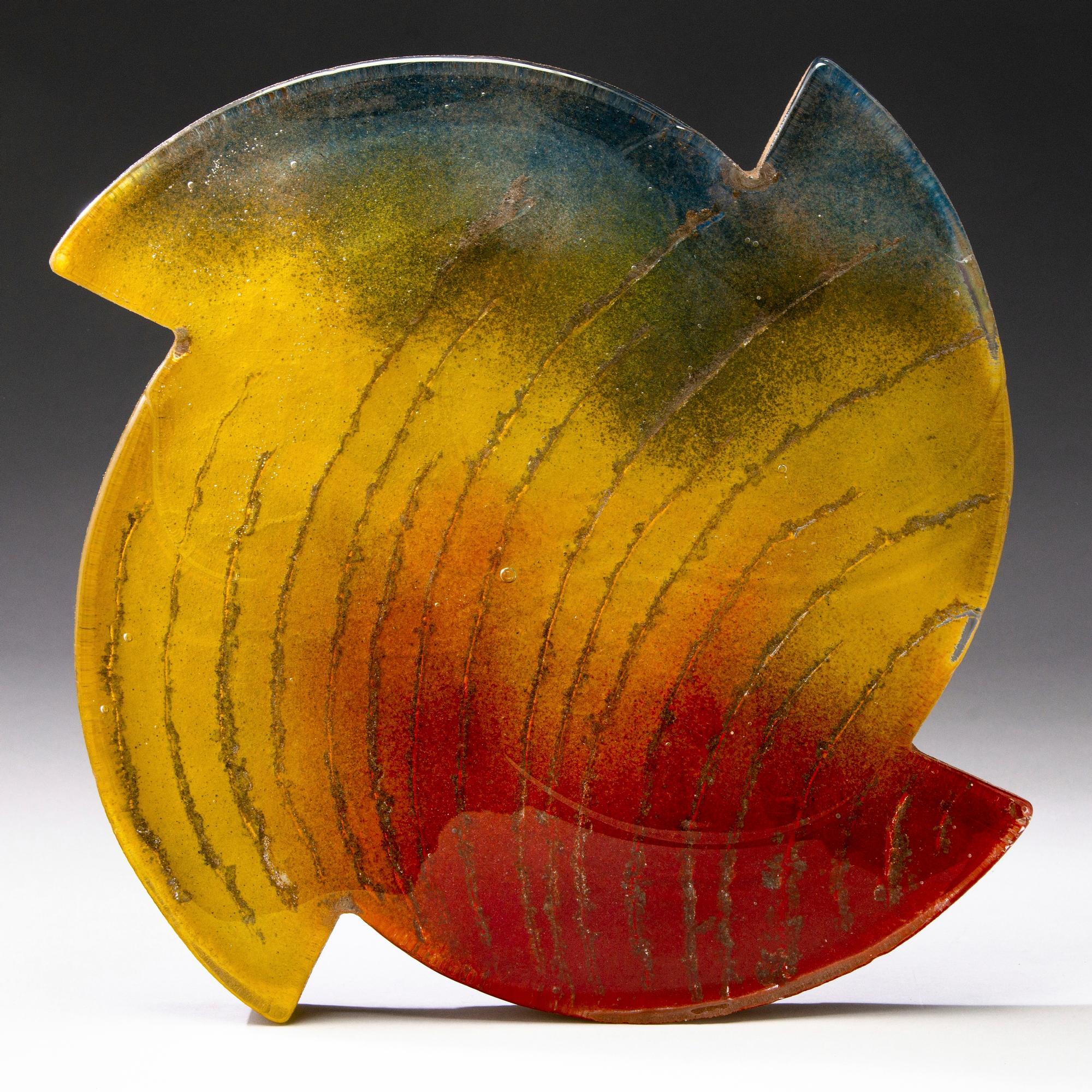
Still’s family hails from the Swedish-speaking region of Ostrobothnia. Nanny Still was interested in art, but her parents only approved of her choosing the art teacher program at the School of Art and Design (now Aalto University School of Arts, Design and Architecture). She started there and switched to the metal arts department a year later.
Talented with her hands, Still designed jewelry and wooden objects, among other things. When she talked about her teachers later, she didn’t mention many others than Tapio Wirkkala, who was also one of the juries when Riihimäen Lasi held a design competition in 1949.
“According to the jury minutes, Nanny wasn’t awarded a prize, but they noted she was talented and worth trying out for collaboration. They offered her a trial period of one to two weeks,” says Koivisto.

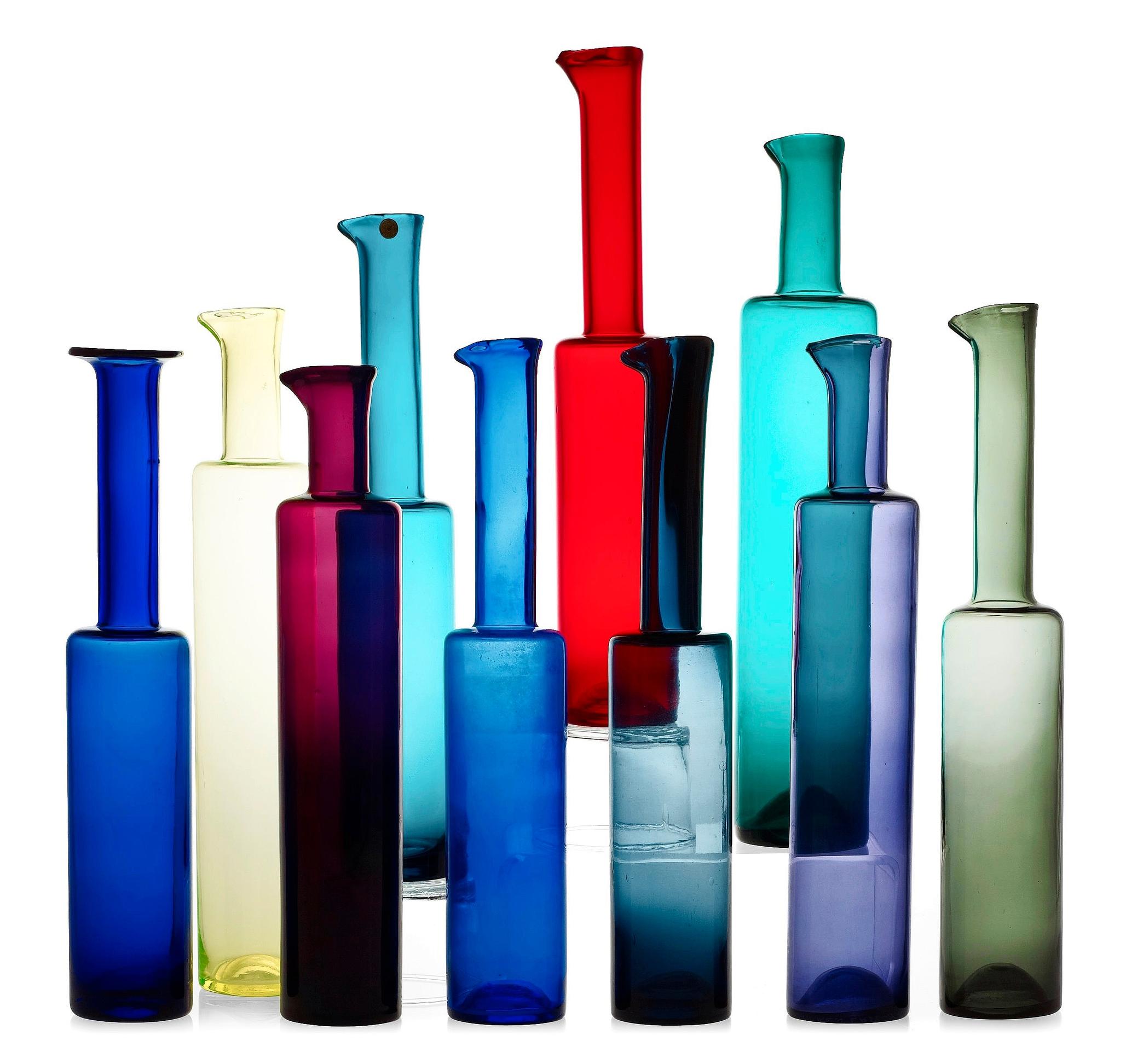

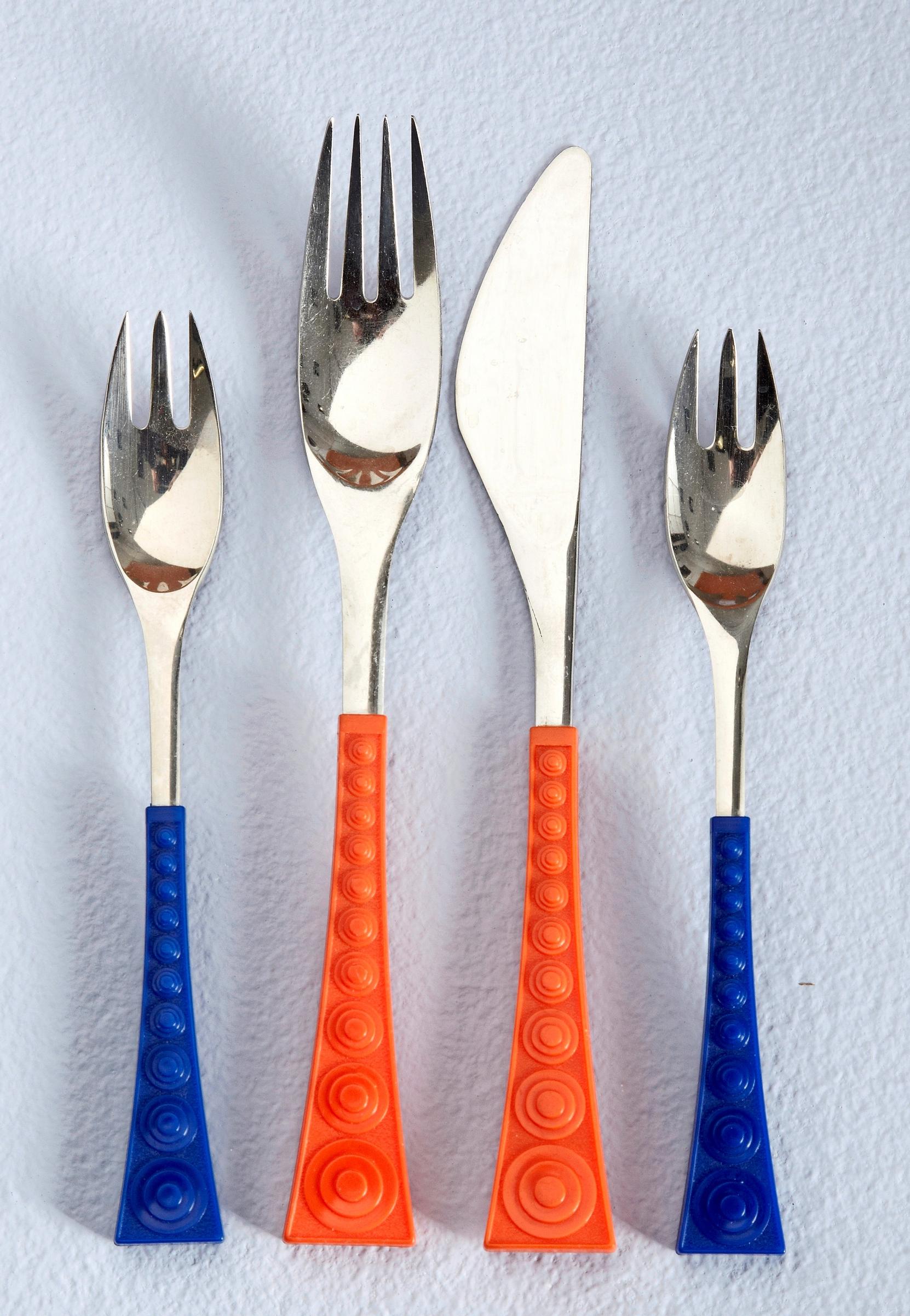
After the trial period, the work continued, but it was initially hard for a young female designer to find her place in a male-dominated factory environment. Several glassblowers later told Koivisto they remembered Still’s beauty. Still, in turn, emphasized that as a woman, you had to be twice as good as a man to get by.
“She also faced challenges because she was Swedish-speaking. In the 1950s, some members of the design community indicated that she was working for a factory that spoke the ‘wrong’ language.”
Riihimäen Lasi was established in 1910 as a Finnish-speaking factory in a Swedish-speaking industry. Koivisto notes that because of this, other factories often snubbed Riihimäki when selecting items for the Milan Triennials. Moreover, finances were tight in the early 1950s for Riihimäen Lasi, which complicated exhibition participation.
Still, however, refused to be sidelined with the factory. She took part in the Milan Triennial of 1954 as a private individual and was awarded a prize for her wooden salad servers.

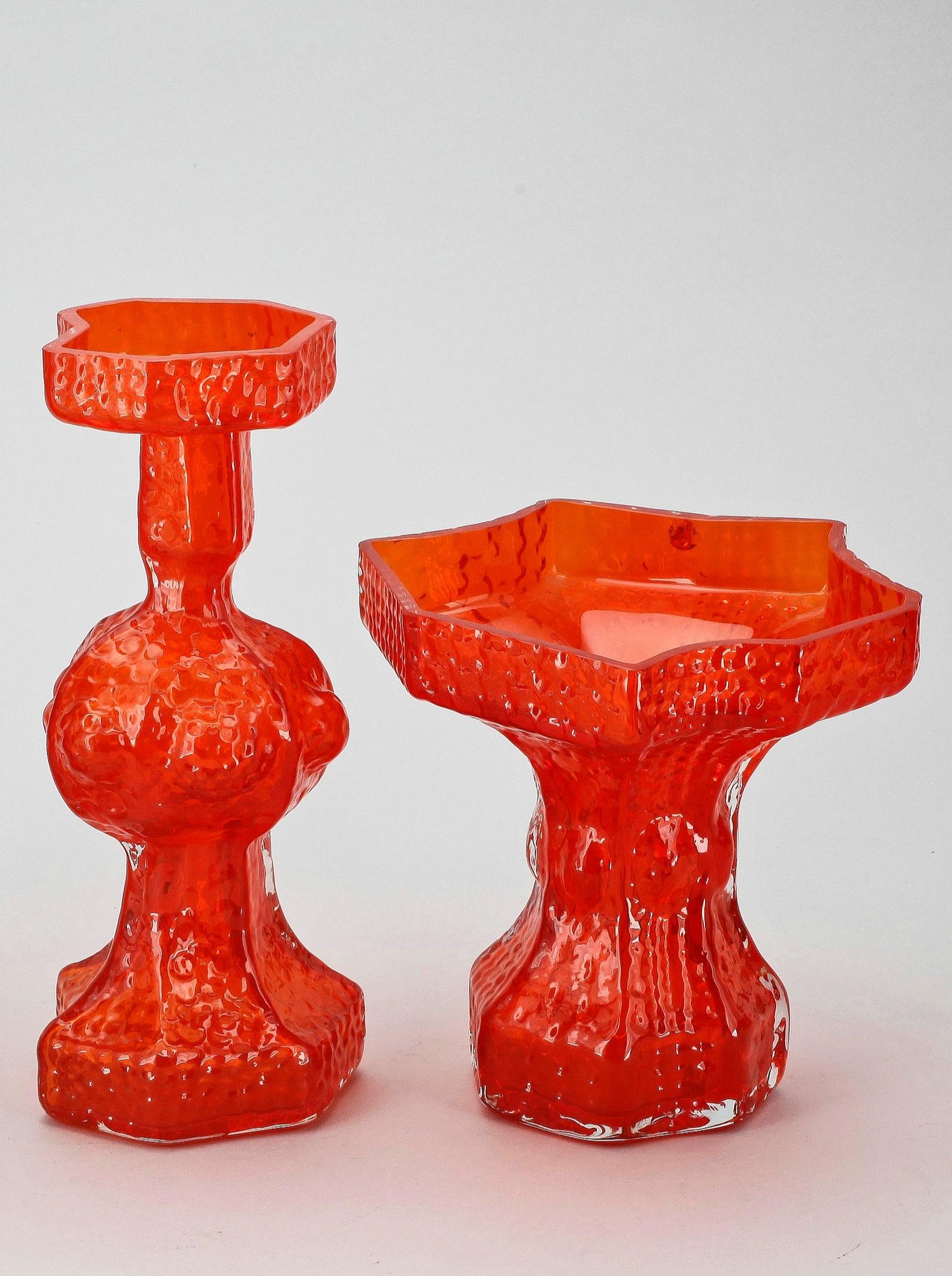
Working with glass was new for Nanny Still when she first started at Riihimäki.
“Glassblowers are often very confident. A new artist, on the other hand, can’t immediately grasp glassmaking techniques, so she ends up with impossible proposals. There are stories about Nanny that she wouldn’t accept something was impossible even after being shown proof,” Koivisto says.
Brothers Vilho and Nikolai Terhomaa and Vilho’s son Valto Terhomaa were glassblowers with whom Still worked frequently. In practice, however, more people were involved because the glassblowers collaborated in teams. The Terhomaas led those teams as masters.
“The teamwork between Still and Vilho Terhomaa in particular was effective. They both had fiery temperaments, and while their arguments were loud, the results were excellent,” Koivisto explains.
She compares glassblowing to music:
“Although it’s the glassblower who does the work, the aim is to preserve the artist’s concept. A workshop functions like an orchestra under the guidance of a conductor: while the music comes from the orchestra, it’s the conductor who determines how it sounds.”

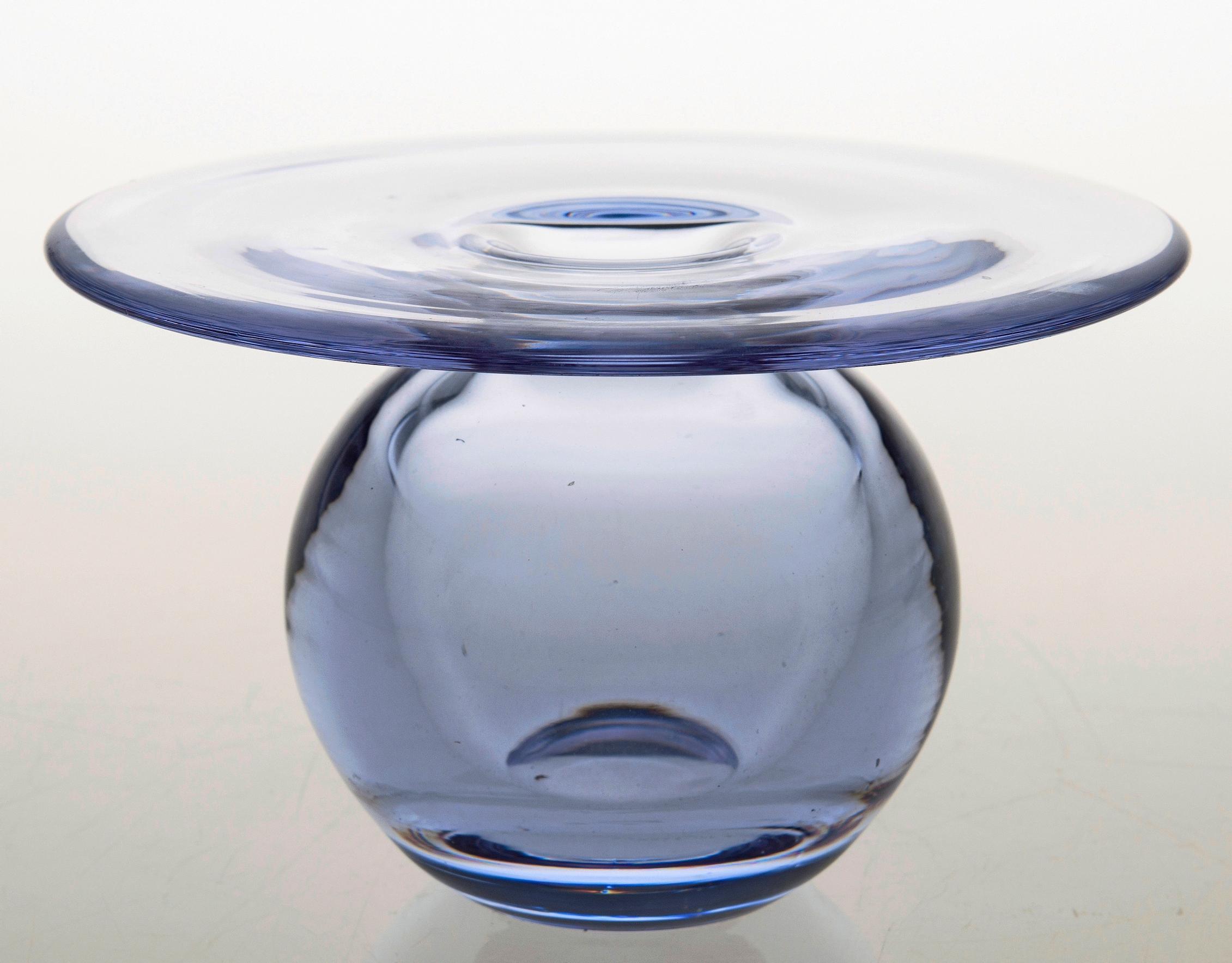

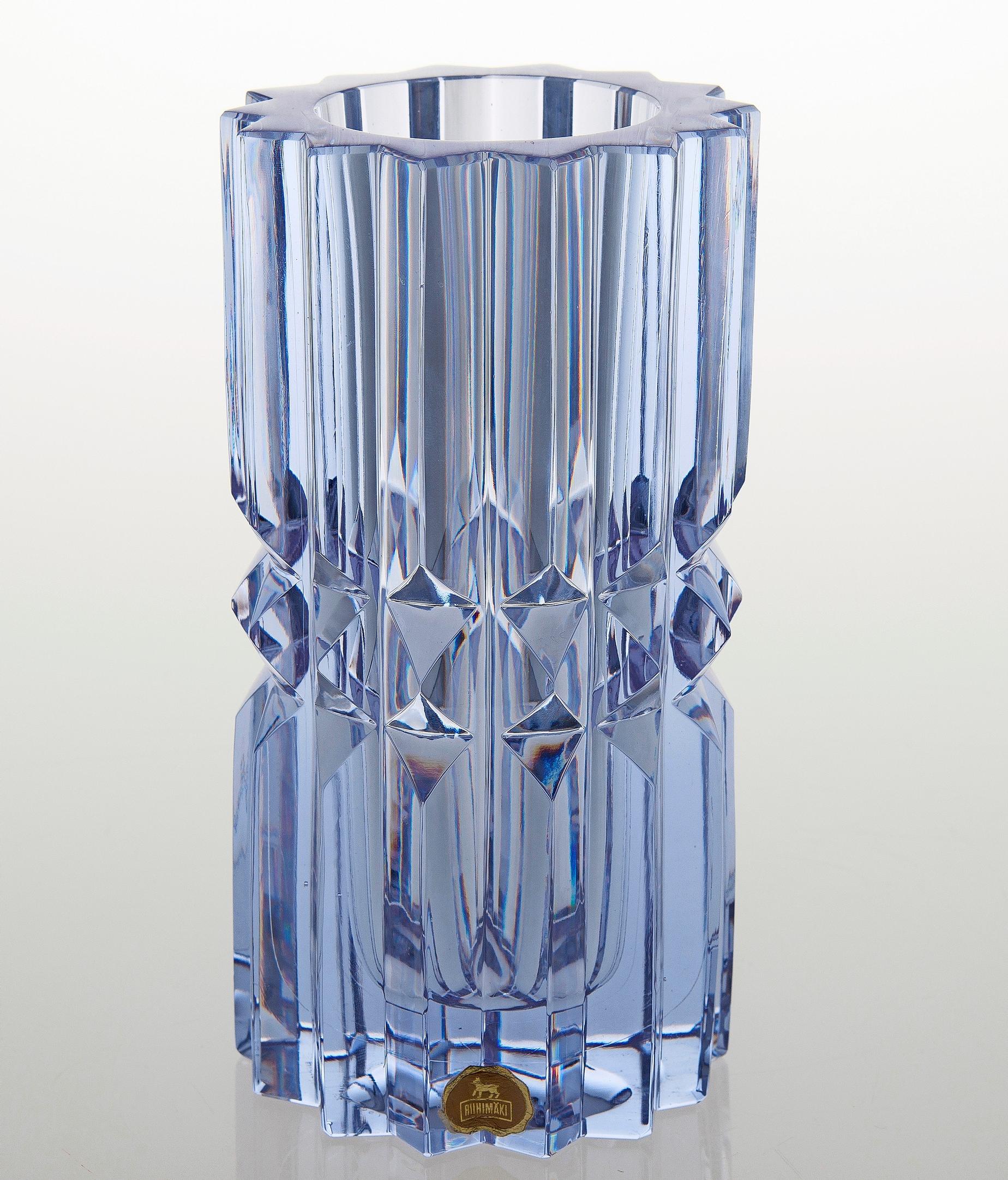
Designing for Riihimäki became remote work as early as in 1959, when Nanny Still moved to Brussels because of her husband’s job.
“George McKinney from America worked in transportation as an expert for the Port Authority of the State of Virginia. In the late 1950s, he was able to choose between Stockholm and Helsinki,” Koivisto explains.
McKinney chose Helsinki, leading to his meeting with Still. Koivisto remembers him as the quintessential American-style networker who seemed to know everyone.
“Nanny assumed her career would end with the move, because Belgium wasn’t known for design,” Koivisto says.
That did not happen, however, because Still both continued her work in Finland and forged ties with manufacturers in Central Europe. She visited Riihimäki and could make advanced designs simply by drawing.
“Her sketches were practically complete work diagrams. Usually an artist’s sketch and the final work diagram are two separate things, with the latter made by the factory’s own draftsperson,” Koivisto explains.

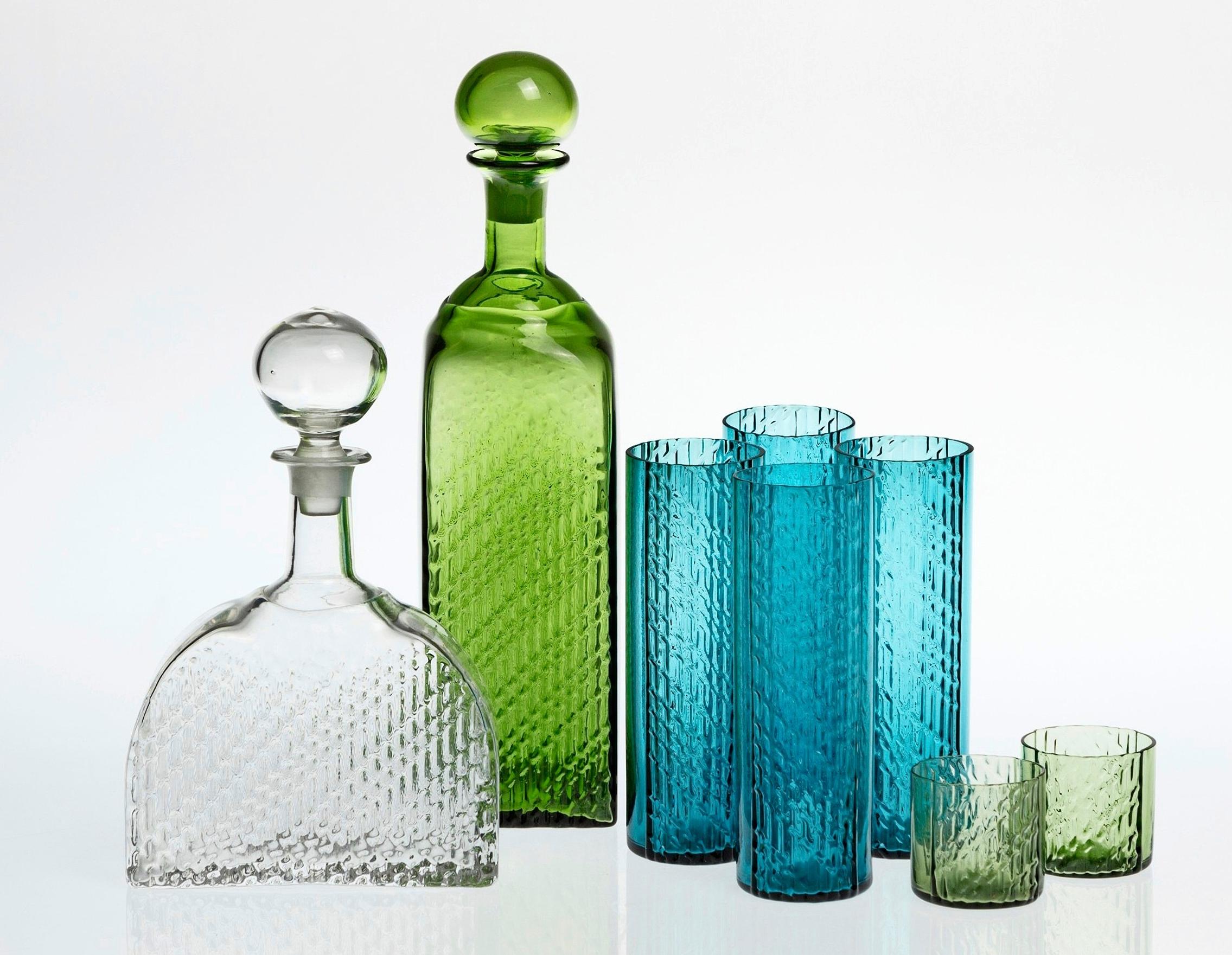
The couple had three children. Nanny Still had stipulated that a nanny be hired prior to having children, which partially allowed her to continue working. Her husband’s position also placed her in the role of a society hostess, but Still loved hosting parties and setting a beautiful table with her own pieces.
“Nanny was aware of Central European trends. From a Finnish perspective, her items might have seemed unusual because she was ahead of her time here. For instance, it’s often said that using uneven surfaces began in Finland with Timo Sarpaneva’s ‘Finlandia’ in 1964. However, Nanny already had items on display in Belgium in 1963, which later evolved into ‘Flindari’,” Koivisto says.
The ‘Flindari’ bottles were blown into a mold with a few patterned metal sections, and so the wide sides of these angular bottles got a textured surface. Vera Varga describes Still’s work as lyrical functionalism that “leads her to soften strict geometric forms with intense or pastel colors”, thus conveying “a fundamental outlook on life, a sense of visual joy.”
“From the perspective of collectors who focus on Finland’s golden era, Nanny Still is undoubtedly one of the key figures. Her work stands out in both its inventiveness and versatility,” Koivisto says.

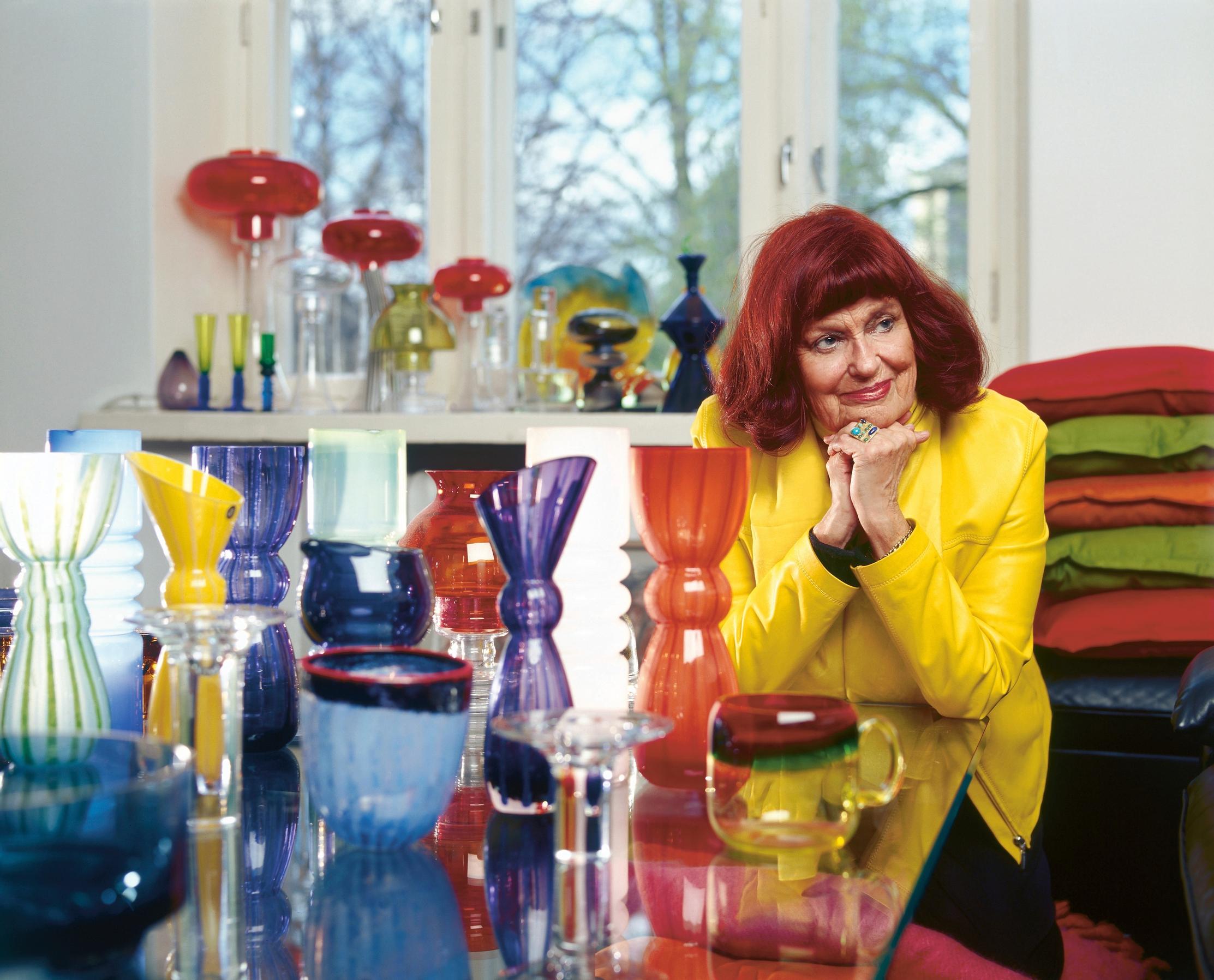
Nanny Still McKinney
- Born in 1926 in Helsinki, died in 2009 in Brussels.
- Studied at the School of Art and Design from 1945 to 1949 in the art teacher department and the metal arts department. In the 1990s, she pursued studies in glass art in France.
- Designer at Riihimäen Lasi glass factory 1949–76, then designed glass for the German Rosenthal Studio-linie 1977–98.
- In Central Europe, the Belgian Cérabel and German Heinrich Porzellan produced her ceramics, while the Dutch Raak Lichtarchitectuur and Belgian Val St. Lambert made her lighting designs.
- In Finland, Still also designed jewelry for Kultakeskus as well as cutlery and frying pans for Hackman. The latest items of hers to remain in production included the ‘Mango’ cutlery and the ‘Panny’ frying pan.


